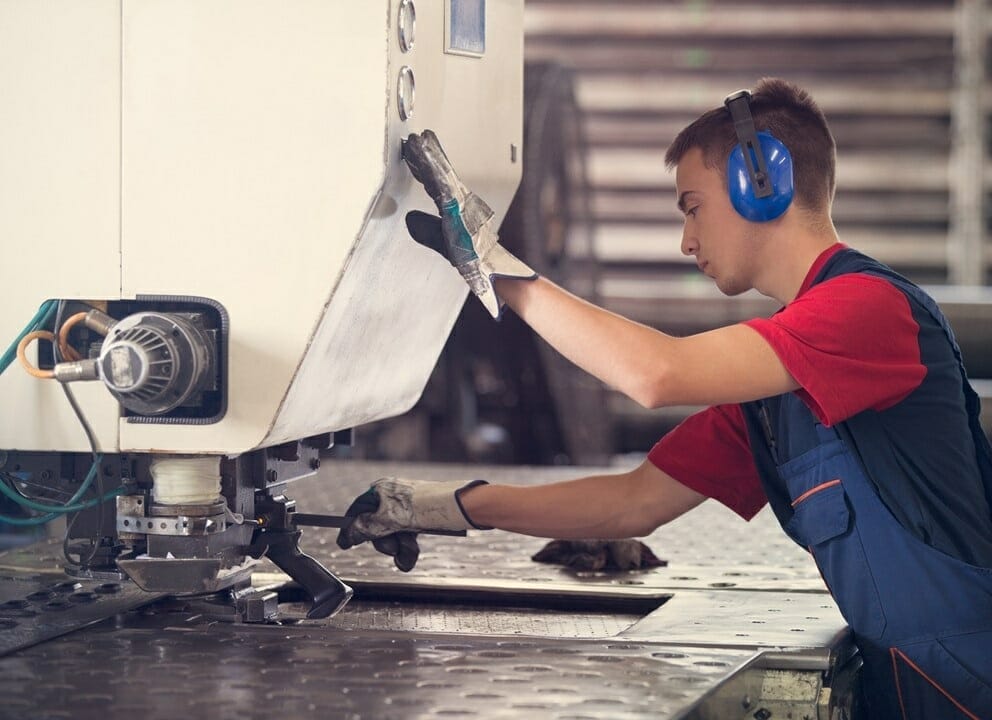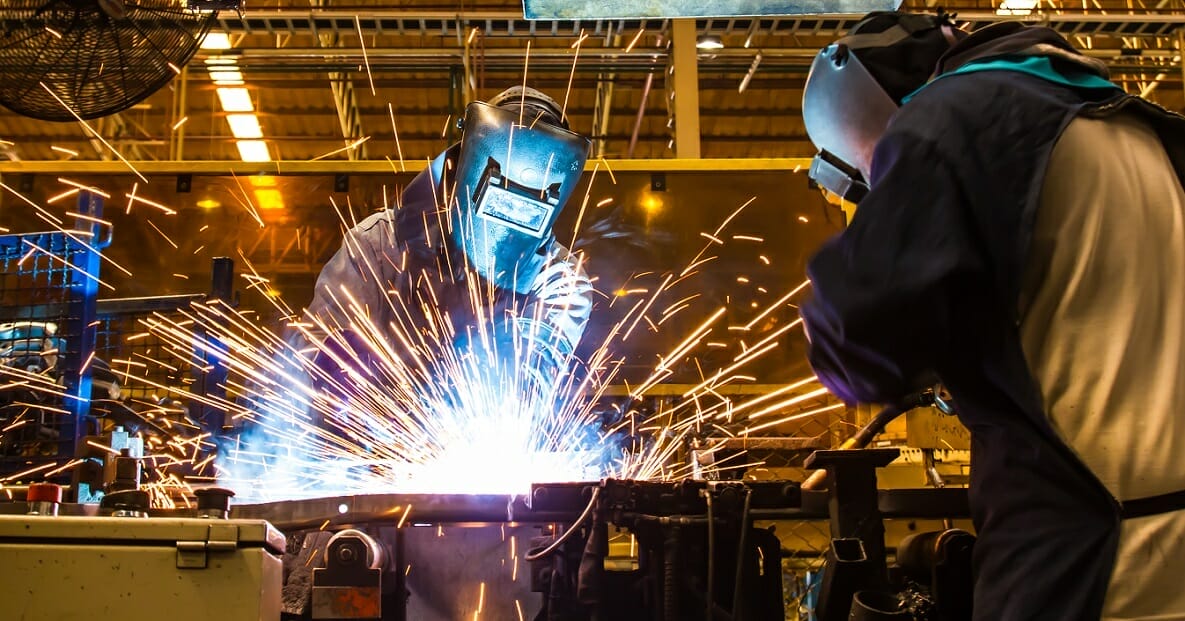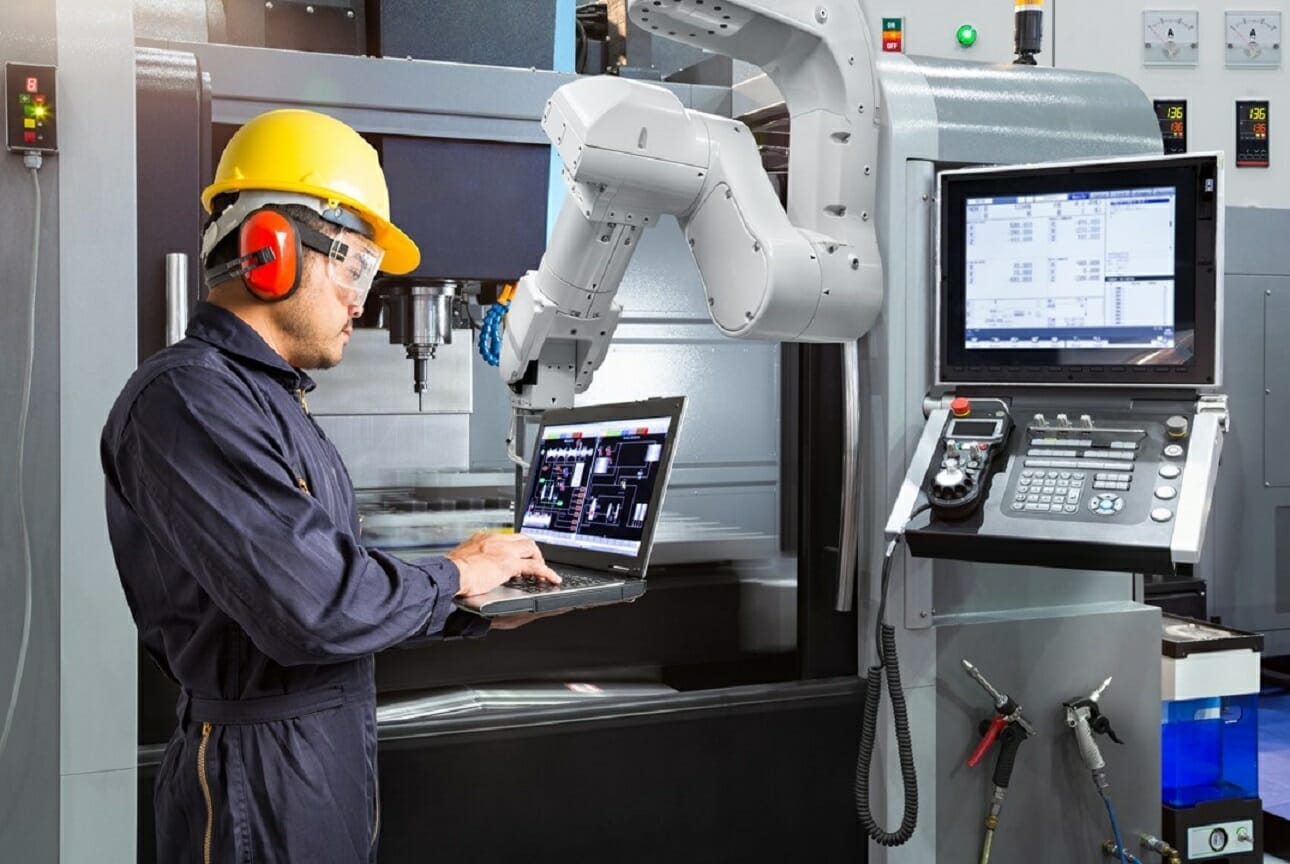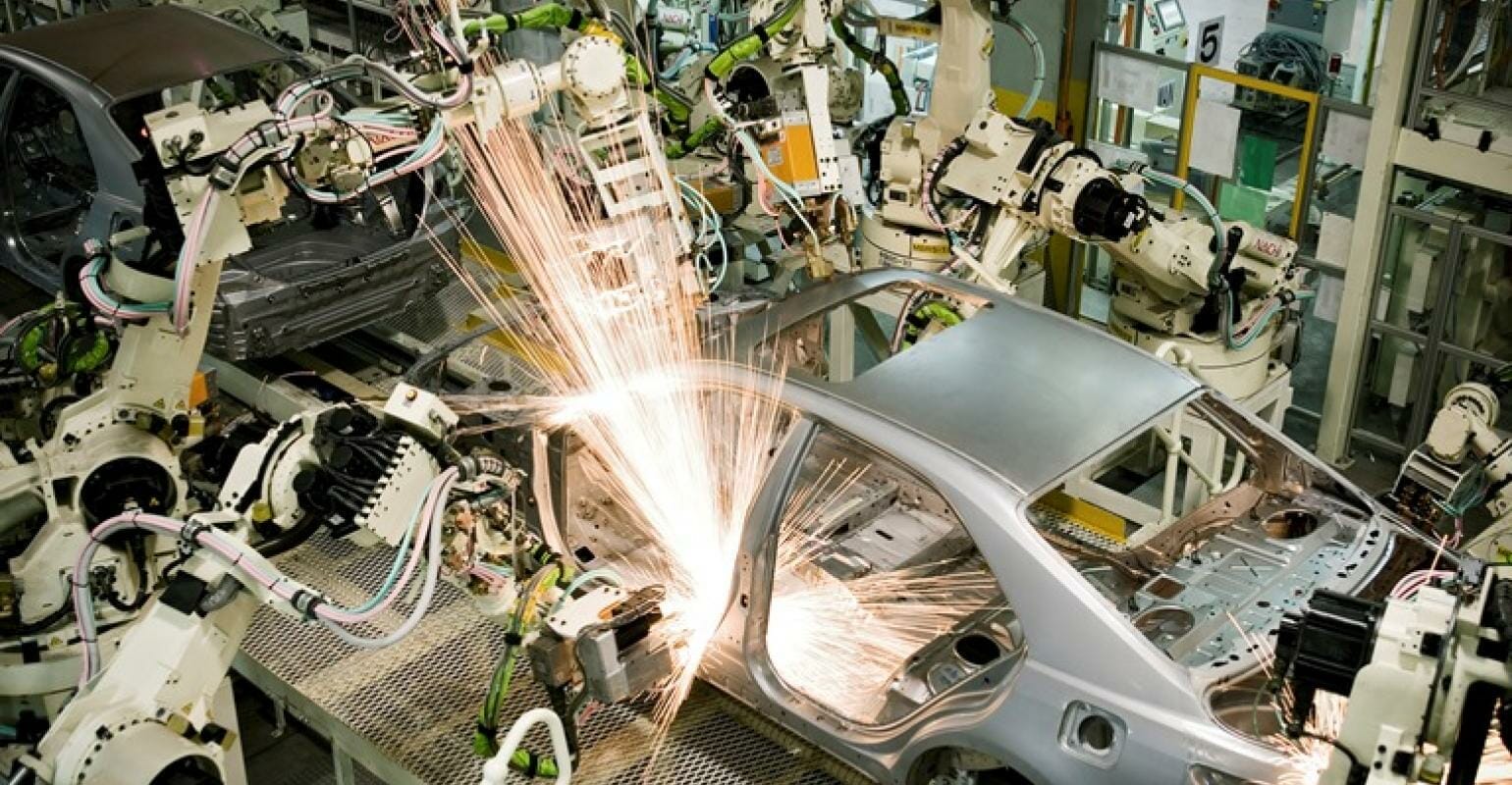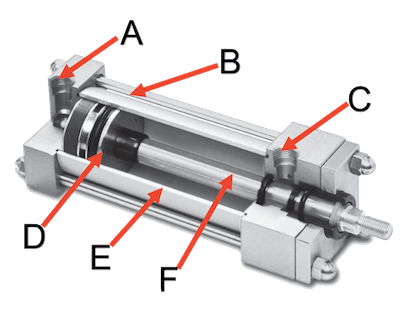Clamping or clamping pressure is a very important concept in engineering and injection molding. It helps to hold the clamping device against the clamping plate, allowing for an even clamping force on all sides of the mold cavity to create an even, bubble-free workpiece.
What Is Clamping Pressure?
Clamping pressure is the force exerted by injection mold clamping devices on a molded part or parts. It can be measured in pounds per square inch (psi) and is an important factor when determining the clamping force required for different injection mold clamping devices.
Clamping pressure controls how much force a clamp exerts onto its mating surfaces when clamped together. This ensures that no air bubbles form between the two halves of a mold during injection molding, creating an efficient cavity filled with little wasted material. This means reduced costs per part produced. The higher the clamp pressure applied by your machine, the more overall contact area for each half-mold cavity surface, making up less room for any air pockets within the product.
Depending on what you need, there are five different clamp types: hydraulic, mechanical, vacuum, electrical, and pneumatic devices.
The clamping pressure and device will vary depending on the type of material you are trying to clamp, how much it expands from its original state, and whether any special features, such as undercuts, need to be accommodated. A good rule of thumb is that the clamp should exert at least 1/2 pound more force than the expansion due to the temperature change or shrinkage of your workpiece.
Clamping pressure is important for accurate measurement of injection-molded parts. Without proper clamp pressure, the final product can experience issues such as warping or misalignment.

How Does Hydraulic Clamping Work?
This is the most commonly used clamping device with an external energy source. It works with a piston being forced through hydraulic fluid to exert clamping pressure against your workpiece, which is placed between two clamp plates. This type of clamp allows for fast setups and quick tool changes; however, it does require manually adjusting the clamp’s position to fill every cavity on the mold uniformly.
How Does Electrical And Mechanical Clamping Differ?
A clamp controller electrically controls the clamping force in the electrical clamp. This allows for clamp forces to be decreased or increased depending on any issues that arise with filling every cavity evenly or perhaps when parts could not be ejected properly because of how thick they were made.
Another method that can be used instead of hydraulic clamps is mechanical ones because they have more accurate control over force levels but take up space within your machine setup area due to their larger size. The downside to this option would be its slower speed compared to hydraulics when changing out parts or setting up new tools (due to needing time for springs and linkages).
What Is Vacuum Clamping?
Vacuum clamping is a method where the mold halves are held together by either pulling or pushing them with atmospheric pressure. This process does not require any clamp force to sustain clamp pressure, rather it uses vacuum suction action which applies an even clamp load throughout the entire surface of the shot part both vertically and horizontally.
This method is used in clamping thin-wall moldings and is very effective when clamp load uniformity is required. It can also be combined with other clamp methods, such as pneumatic, hydraulic, or mechanical clamping, to enhance the clamp pressure.
How To Choose The Correct Clamping Method?
The clamping method used should be based on the production process, space restrictions, cost, and load required. Based on these three criteria, an engineer can choose which type of clamping force would work best for their injection molding application. Clamping devices are available in many different forms, including pneumatic cylinders, hydraulic pistons, or mechanical tourniquet-style clamps.
Pneumatic air cylinders are very popular clamps because they provide quick clamp speeds to high pressures. However, due to their large size, they tend to take more space than other clamp types.
Hydraulic piston clamp systems have become increasingly popular over the last decade as smaller form factors enable faster clamp times, and greater control of pressure profiles during cavity filling & cycle time.
With all these options, deciding which one would suit best comes down to preference and personal experience in the machine setup area.







